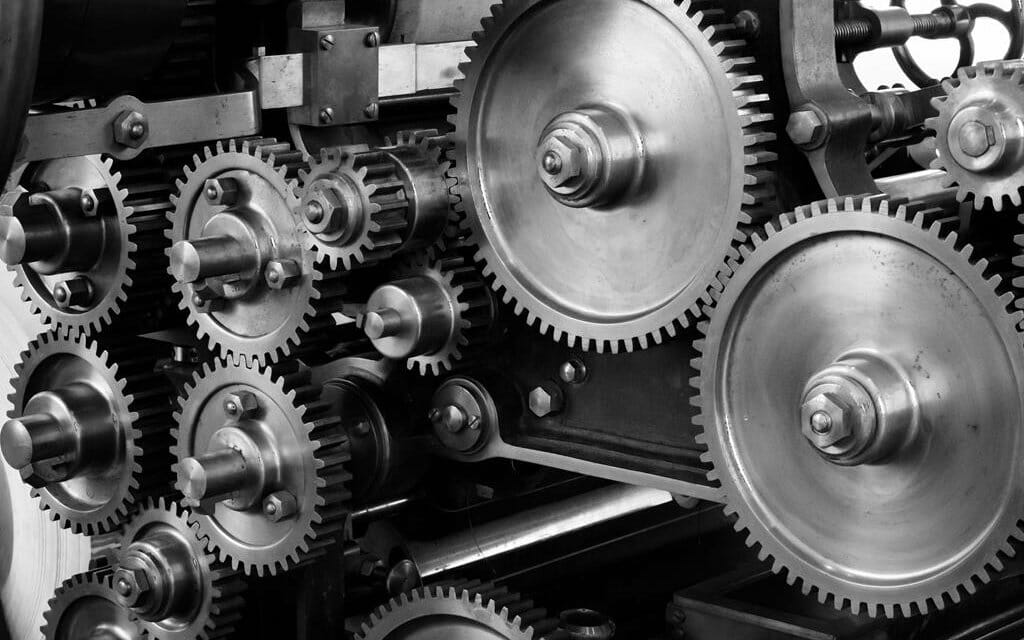
The Role of Technology in Auto Mechanics: How It’s Changing the Industry

The world is rapidly changing, and the evolution of technology has profoundly impacted almost every industry. Auto mechanics, in particular, have felt this transformation as an ever-increasing number of vehicles are fitted with sophisticated features that require highly specialized tools for diagnostics and repairs.
In today’s world, staying competitive means understanding how to use the newest technological advancements available in order to properly service customers’ vehicles safely and efficiently. Let’s explore what automotive technicians need to know about technology and how it’s affecting their trade moving forward.
An Overview of Automotive Technology Today
In this day and age, automotive technology has come a long way from its humble beginnings. The evolution of cars has been one of the most notable signs of progress that humanity has made in the last century. Automotive technology has advanced so much that it is considered one of the world’s most advanced and innovative industries. With the advent of advanced computing, wireless communication, and new materials, the automotive industry has become more technologically advanced than ever.
Nowadays, cars have many technological features, such as driver-assistance systems, 360-degree cameras, and cutting-edge infotainment systems. These features have brought about a new level of convenience, comfort, and safety. As technology advances, the automotive industry displays remarkable innovation, creating a more convenient, comfortable, and safer environment for drivers and passengers alike.
How Machines are Becoming More Autonomous
The most important advancement in automotive technology is the development of automated driving systems. Automated driving systems, or “autonomous vehicles,” are equipped with sensors and cameras to detect their environment and react accordingly. These vehicles can navigate roads independently, giving drivers more control over their cars than ever before.
The use of autonomous vehicles has opened up many opportunities for car makers as they can now offer safer, more efficient vehicles at lower costs. Furthermore, this technology allows car manufacturers to produce more efficient and cleaner models with fewer emissions. With a Bondic liquid plastic welder, automotive technicians can make repairs faster and more precisely.
The Growing Role of Computer Diagnostics and Repair Software
In the past, auto mechanics relied heavily on their expertise and experience to conduct repairs. Today, they increasingly rely on computer-based diagnostics software to help them identify issues and locate components that need repair or replacement. This software helps technicians quickly pinpoint problems with a vehicle’s engine, brakes, transmission, suspension system, etc.
Computer diagnostic software is also helpful in providing detailed information about how a particular component works, what parts it needs to operate correctly, and which tools should be used to perform repairs. Furthermore, some programs allow technicians to access service manuals directly from their computers instead of manually searching through hard copies.
Benefits of Automated Systems for Mechanics and Customers
The increased use of automated systems for diagnostics and repairs has brought about several benefits for both mechanics and customers. On one hand, technicians can now diagnose problems with greater speed and accuracy, reducing the time needed to repair a car. On the other hand, customers can receive more comprehensive service in less time, making their experience far more convenient and efficient.
In addition, computerized systems have improved safety by providing technicians with detailed reports on how specific components work. By understanding exactly what needs to be done to properly fix a problem, mechanics can rest assured that their repairs will be precise and effective. In turn, this helps protect customer vehicles from further damage.
Changes in Vehicle Manufacturers’ Business Models Due to Technology
The automotive industry has changed significantly due to the emergence of technological advancements such as autonomous vehicles, computer diagnostics software, and more. Many vehicle manufacturers have had to evolve their business models to stay competitive in this new market.
For example, some companies now offer subscription-based services that give customers access to a fleet of cars at any given time. Rather than buying or leasing a single car, customers can pay a monthly fee and access an entire fleet of vehicles whenever needed. Other businesses are focusing on developing automated systems for maintenance and repairs so that drivers never have to take their cars into a shop again.
What the Future Holds for the Auto Industry
Though the auto industry has already seen significant changes due to technology, this trend will likely continue. As more advances are made, car makers can offer more sophisticated vehicles at lower prices, giving customers unprecedented access to affordable, high-quality cars. Automated diagnostics and repair services may also become more common, allowing technicians to quickly identify and fix issues without ever needing to visit a shop.
In addition, the emergence of autonomous vehicles could revolutionize how we get around by reducing accidents and traffic congestion while increasing efficiency and convenience. Ultimately, these technological advancements could lead to an entirely new era for the automotive industry, where vehicle manufacturers can provide customers with faster service at a lower cost.
In Conclusion
As technology continues to evolve, the auto industry is rapidly changing. Automated diagnostics and repair systems allow mechanics to diagnose problems quickly and accurately while providing customers with more efficient and convenient service. Vehicle manufacturers are also evolving business models to stay competitive in this new market. In the future, we may see even more advances that could revolutionize how we get around.



























